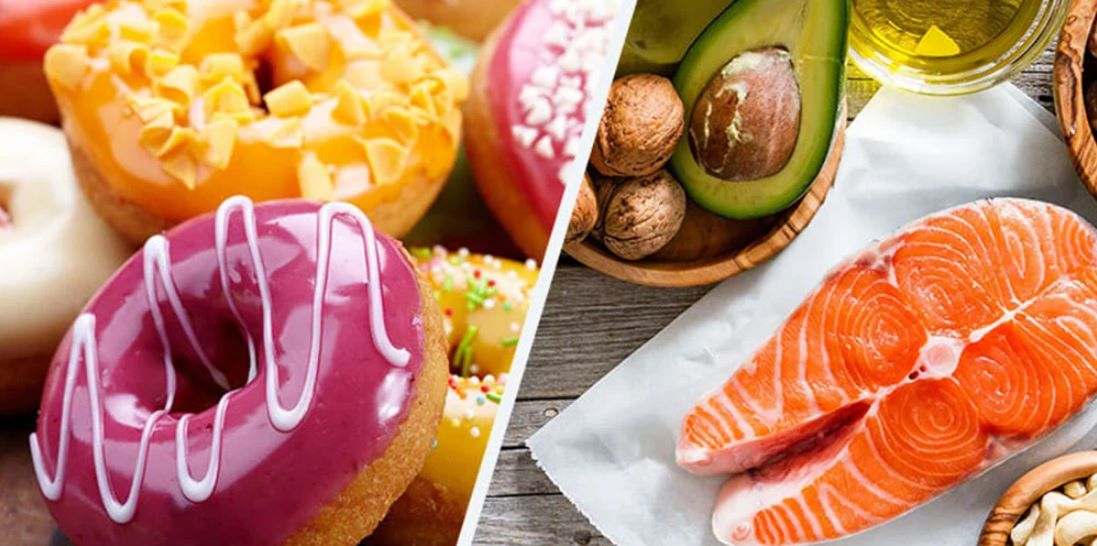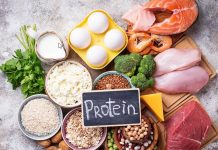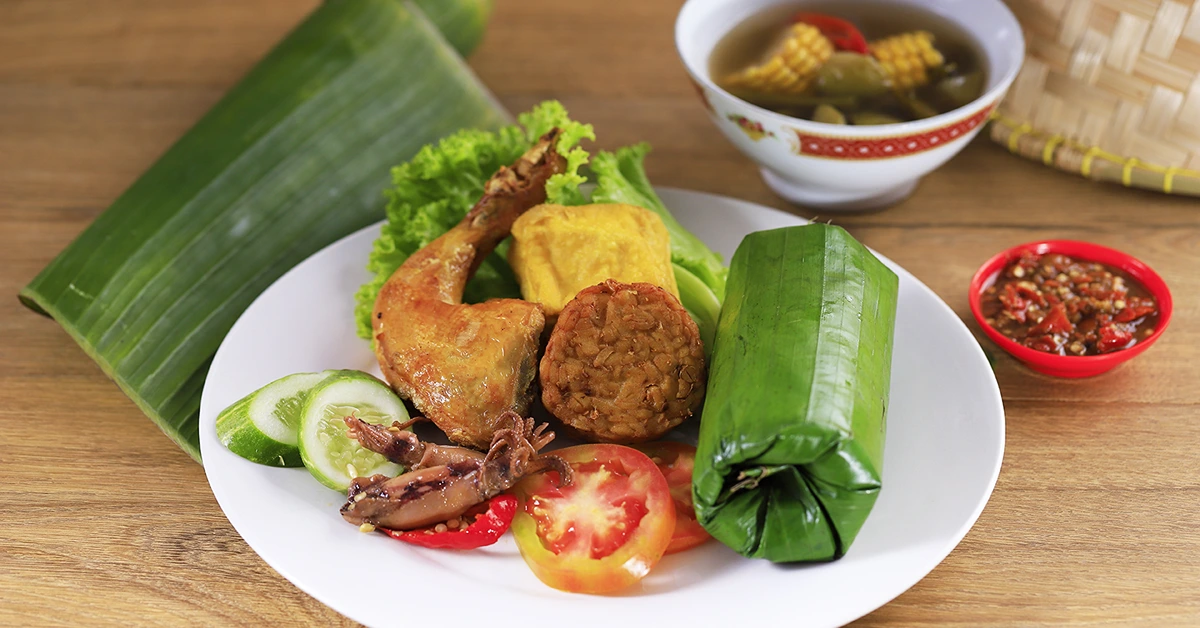Planning for a dinner party? Then you should be careful of what you cook and how you cook it. We know it’s not easy to do it, which is why we will give you tips on how to prepare a successful dinner party.
Follow the tips below:
-
Use heavy pans with good nonstick coating.To maintain their nonstick surface, use plastic or wooden spoons, never metal.
- Use nonstick cooking sprays when sauteeing or grilling to use less fat.
- Learn from the spa chefs: garnish food to make it as attractive to the eye as well as the palate.
- Set a spectacular table. It doesn’t have to be the finest crystal or china; it just has to have pizzazz. Learn a few napkin-folding tricks. Make a centerpiece out of fresh fruits and vegetables. Use mirrors as place mats.
- When planning your menus, buy fresh, seasonal produce. If a recipe calls for asparagus and it is not in season, feel free to substitute broccoli or other suggestions in the recipe variations.
- Use yogurt cheese as the base for dips and salad dressings in place of mayonnaise or sour cream. Use buttermilk or egg white instead of whole egg when coating meat, fish or poultry with crumbs.
- Prepare soups and stews a day or two in advance and refrigerate them overnight. The fat will rise to the top and congeal and can be removed easily. If time is a problem, use a fat or gravy strainer to remove fat from sauces and soups before serving.
- Use cooked and pureed vegetables as natural thickeners for soups and sauces in place of butter, flour and cream. Cooked potatoes are good thickeners for soup.
- Grill meats, fish and poultry to remove excess fat and add flavor. Instead of sauteeing meats in stews and braised dishes, grill them to remove fat and save on cleanup.
- Cook en papillote (in paper or foil packets). The natural flavors and juices of the ingredients are sealed inside the parchment paper packet without added fats.
- Use 1 percent low-fat milk or nonfat milk. Whole milk contains 3.25 percent fat by weight, 2 percent milk contains 2 percent fat, 1 percent milk contains 1 percent fat, and nonfat milk contains almost no fat. Both 1 percent milk and nonfat milk provide the same nutrients as whole milk or 2 percent milk with much less saturated fat and cholesterol and fewer calories.
- Use reduced-fat cheeses, but avoid nonfat cheeses, which are rubbery and bitter. Use the finest quality Parmesan cheese, Parmigiano Reggiano, grated just before use. It costs more, but the flavor is far superior.
- Use mustard, particularly the grainy variety, to add thickness to dressings and sauces without added fat. Use garlic, ginger, onions, lemon juice, vinegar, chilies, mustard and fresh herbs as natural flavor enhancers.
- Use salsa as a condiment to enhance breakfast dishes, grilled foods and sandwiches. Use fruit salsas as a delicious and fat-free topping for grilled fish, poultry or meat.
- Puree roast garlic to use on bread or as a fat-free enhancer for comfort foods such as mashed potatoes, meat loaf or pasta.
- You can cook chicken with the skin on, which will not add any fat to the dish. The secret is to discard the fatty skin before eating the chicken. Also make sure to trim the fat from beef, lamb and pork, before cooking which reduces the fat of the finished dish.
- When selecting oils, choose monounsaturated oils such as olive, canola or peanut — the good guys in oil. No matter what type of oil, limit the amount used.
- Chop and freeze fresh herbs when available to have on hand year-round.
- Use small amounts of prosciutto or Canadian bacon, which are lower in fat than regular bacon, to add a smoky flavor with less fat.
- To intensify flavor, toast nuts and seeds such as pine nuts and sesame seeds. A few toasted nuts will add more flavor than a whole bunch of plain ones.





